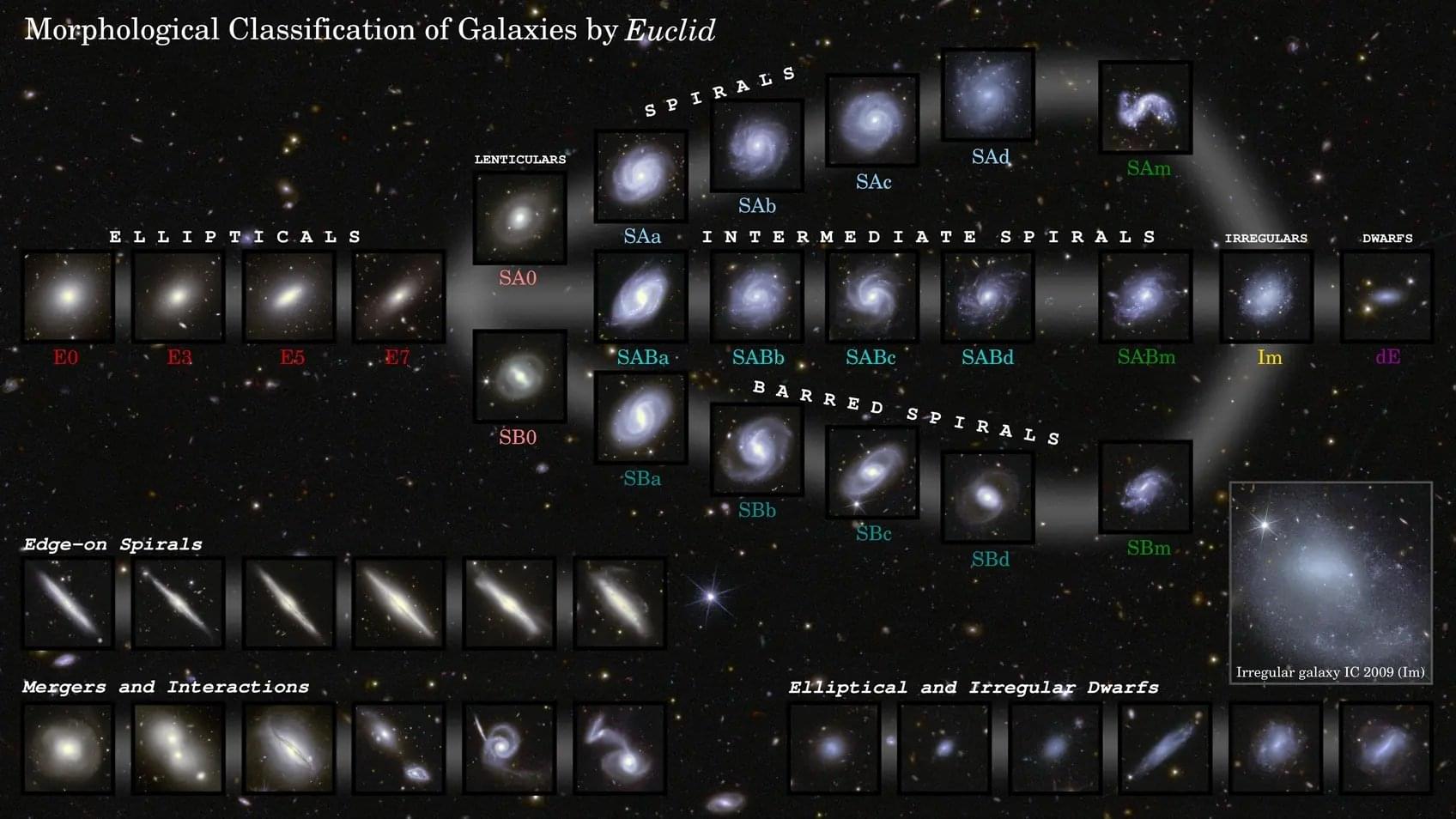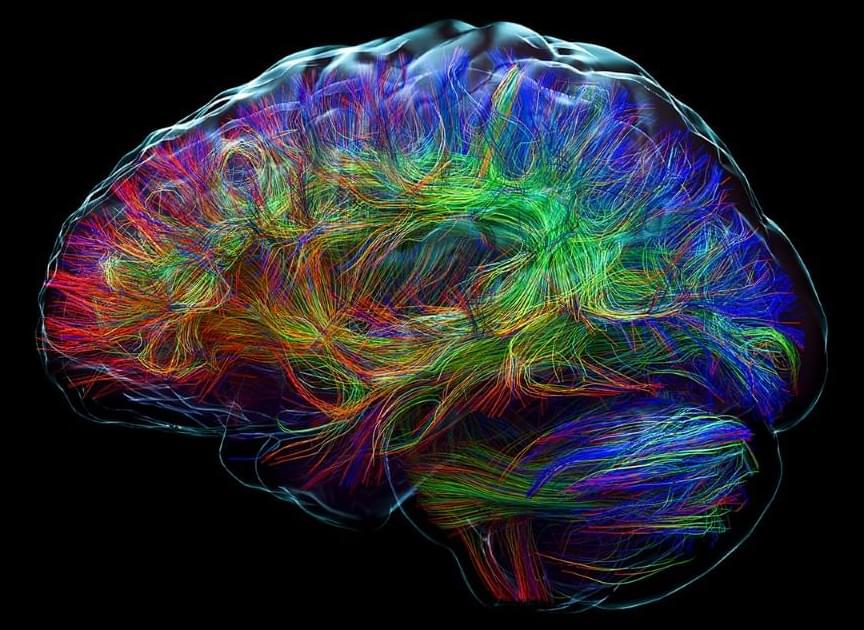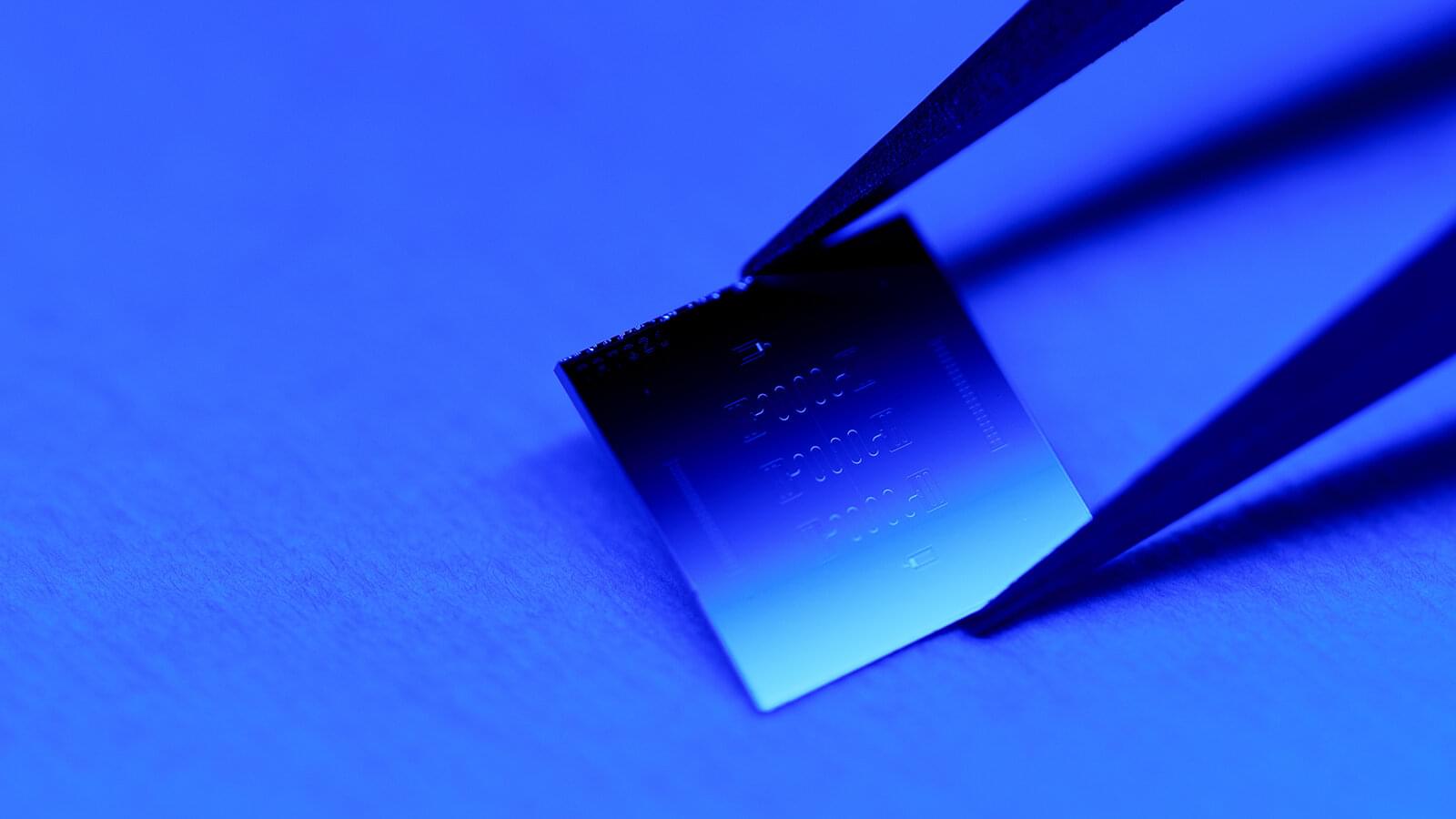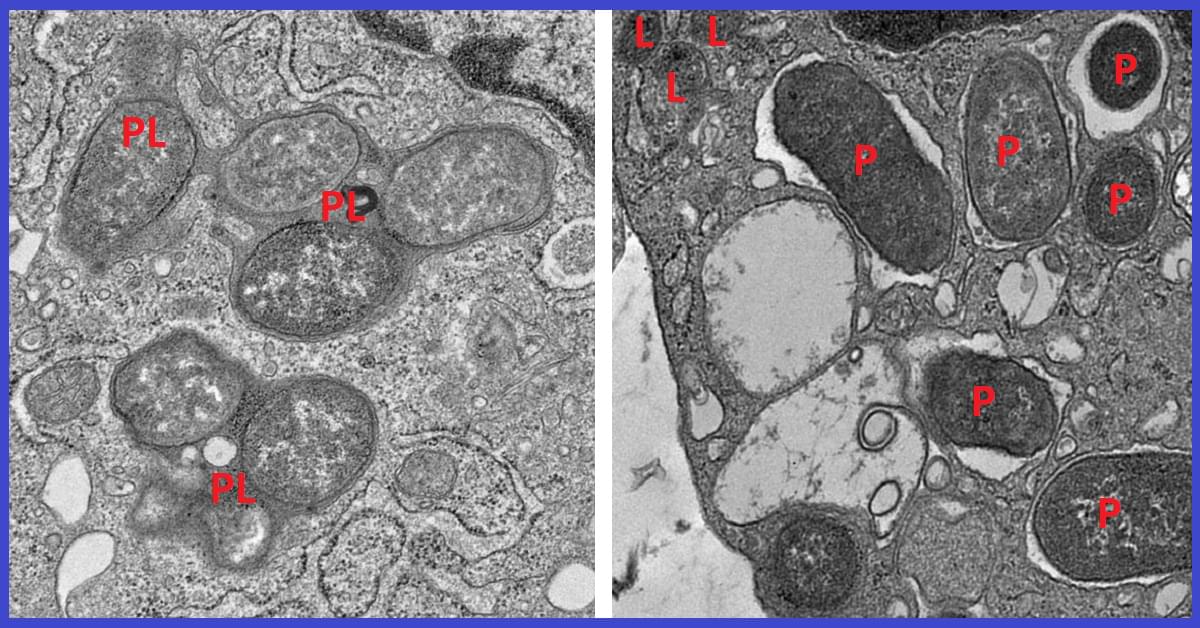Tesla has begun hiring for its new $200 million “Megafactory” in Brookshire, Texas, which will produce large-scale Megapack batteries for energy storage and is expected to create at least 1,500 jobs by 2028.





TAYLOR, Texas (ABJ) — A Dallas-based developer is proposing to turn a 220-acre parcel directly northeast of Samsung Electronics Co. Ltd.’s rising factory in Taylor into a data center campus.
KDC will be considered by the Taylor Planning and Zoning Commission on Nov. 12 for an employment center plan for the site at 1,051 County Road 401 for what it’s calling “Project Comal.” Details are minimal, but it would have primary data center uses along with a small lot of space for commercial, civic and other uses, according to city documents.
KDC representatives declined to comment.

This pace of discovery might be expected given the extreme intricacy of the brain and psychiatric disorders.
“The brain is incredibly complex — we’re talking about tens of billions of neurons with trillions of connections,” says Kozo Kaibuchi, director of the International Center for Brain Science (ICBS) at Fujita Health University, near Nagoya in Japan. “Psychiatric and neurological disorders are also highly diverse — often involving subtle changes on a spectrum rather than one obvious cause.”
On top of that, there are further obstacles that hinder progress in developing treatments for these conditions — the difficulty of imaging inside the human brain; the scarcity of human-like models; and the blood–brain barrier, which prevents most drugs from entering the brain.

Hubert, T., Mehta, R., Sartran, L. et al. Olympiad-level formal mathematical reasoning with reinforcement learning. Nature (2025). https://doi.org/10.1038/s41586-025-09833-y.


In a major step toward practical quantum computers, Princeton engineers have built a superconducting qubit that lasts three times longer than today’s best versions.
“The real challenge, the thing that stops us from having useful quantum computers today, is that you build a qubit and the information just doesn’t last very long,” said Andrew Houck, Princeton’s dean of engineering and co-principal investigator. “This is the next big jump forward.”
In an article in the journal Nature, the Princeton team report that their new qubit lasts for over 1 millisecond. This is three times longer than the best ever reported in a lab setting, and nearly 15 times longer than the industry standard for large-scale processors.

#EverythingSpace #Universe.
Nobel Winners Just Proved the Universe Is Quantum — 2025 Physics Prize Explained.
In this episode of Everything Space, we break down the groundbreaking discoveries that earned this year’s Nobel Prize, and what they mean for the way we understand reality itself. From experiments that challenge Einstein’s idea of locality, to the mysterious phenomenon of quantum entanglement, these results show that the universe behaves in ways once thought impossible.
We’ll explore how scientists finally confirmed that particles can influence each other across vast distances — instantaneously — and why this discovery reshapes our understanding of space, time, and the very nature of existence.
Join us as we unravel the science behind the Nobel-winning breakthrough that proves the universe isn’t just strange — it’s quantum.
#QuantumUniverse #Physics2025 #NobelPrize #EverythingSpace #SpaceMysteries.